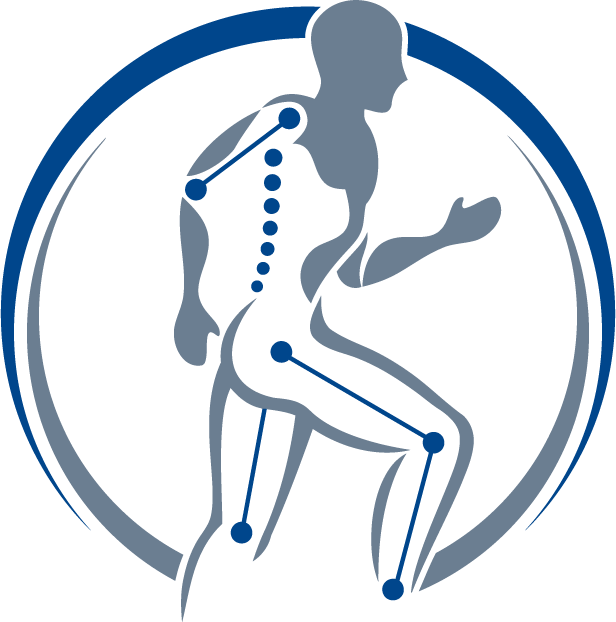Runners: Strength Training for Injury Prevention
Many people who enjoy running, find they have limited time for strength training. If you are looking to prioritize which muscle groups to strengthen, this post is for you.
At our clinic, we often work with runners on strengthening the abdominals, hip deep lateral rotators, hip flexors and hamstrings. But, there are a few muscle groups that we work on more often than others. This includes the calf, quadriceps and gluteals. This blog will discuss why each of these three muscle groups are valuable for injury prevention in runners.
Quadriceps:
When we experience knee pain, our brain often sends a signal to the quad to decrease muscle firing. This creates a cycle where those with knee pain develop increased weakness in the quad as the knee pain persists. This change in muscle strength is not noticeable during daily tasks, but it is measurable during running and jumping. With increased weakness in the quad, less force is absorbed by the muscle and more force is imparted on the bones or joint of the knee. The knee pain then persists and continues as the joint undergoes additional stress. This can be particularly evident in running down hill. Pain free quad strengthening is valuable in most runners who have recovered from knee injuries and continue to run.
Gluteal:
Gluteal strength controls the posture of the pelvis (think ‘hip drop’) which maintains neutral posture of the spine. The gluteals also keep the femur (thigh bone) from rotating inward during foot strike and leg loading which is important for hip and knee joint health. In addition to supporting neutral alignment of the spine, and controlling rotation of the hip and knee, the gluteals also help with providing force closure of the SI joint. This is especially important in women following pregnancy. When the gluteals are working well they decrease force requirements of the hamstring and calf and minimize stress in these muscles and their tendons.
Calf:
Calf strength is a key factor in many foot and ankle problems. Like the quad, the calf assists you in absorbing force when landing. Lack of calf strength increases the rate and magnitude of force imparted on the achilles, plantar fascia, and muscles that hold up the arch. While calf strength is important it must be paired with normal calf length (stretching).
While it’s easy to know when you are strengthening the calf and quad (you feel the muscle working), it can be more challenging for many runners to ‘feel’ the gluteal when it’s working. When doing gluteal strengthening you want to make sure that the upper side portion of the buttock is fatiguing. If it’s not fatiguing, it’s not working the way you need it to.
Not all runners have the same strengthening needs , but these are some easy exercises, when done with good technique, that can be included in your routine. If you would like further instruction in these exercises and others please consider coming to my complimentary injury prevention & strength training session in March. Click below to sign up. Remember strengthening exercise should never cause joint pain. If you feel discomfort, discontinue, and check with your physical therapist.
Feel free to write or call with questions.
Ann Crowe, PT, DPT, MS
This blog is not intended as medical or professional advice. The information provided is for educational purposes only and is not intended to serve as medical or physical therapy advice to any individual. Any exercise has potential to cause injury or pain if it is incorrectly done or is not the right exercise for an individual’s medical or physical problems. You should consult with a physical therapist or medical provider for individualized advice.





